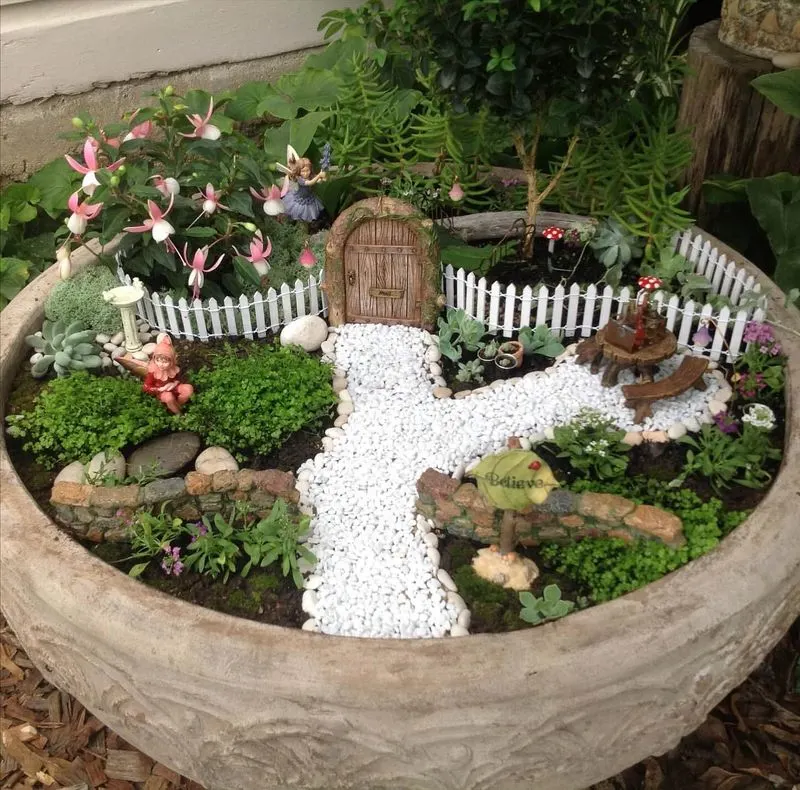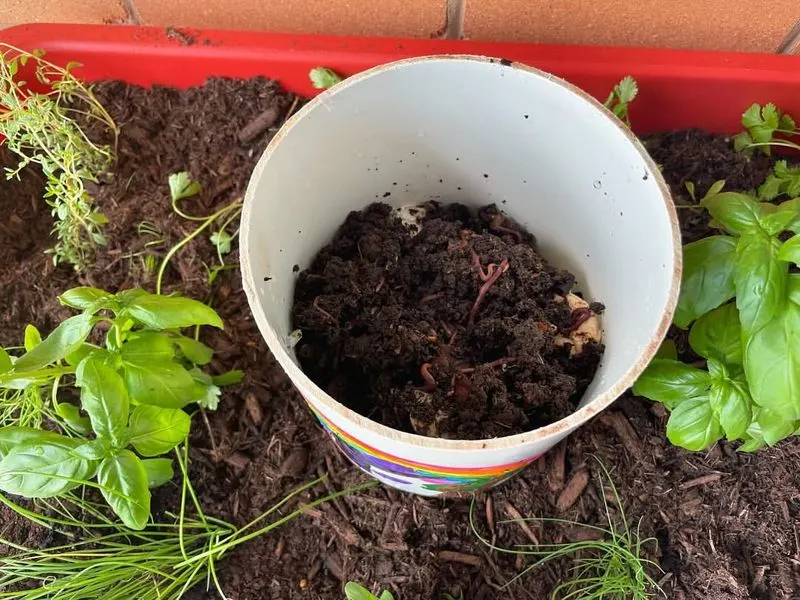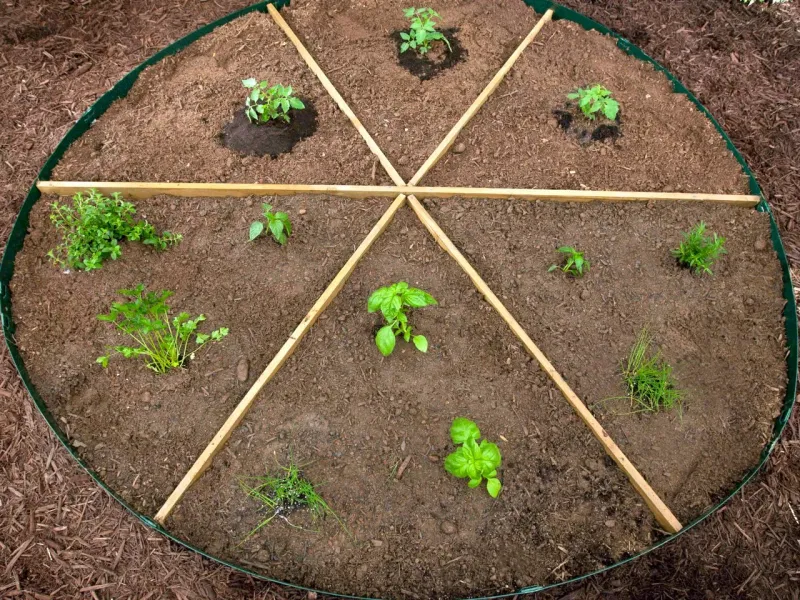Getting kids involved in gardening is more than just a fun outdoor activity—it’s a chance to teach them valuable skills while sparking their curiosity about nature.
From planting tiny seeds to watching them grow, kids can learn about responsibility, patience, and the magic of nurturing living things.
Plus, there’s nothing like seeing their faces light up when a flower blooms or a tomato ripens on the vine.
Seed Starting Adventure

Kick off the gardening fun by letting kids start their own seeds. Set up a mini seed-starting station with small pots, soil, and a variety of easy-to-grow seeds like sunflowers or peas.
Encourage them to label each pot with the plant name and date. This simple activity teaches kids about plant lifecycles and the patience needed to nurture growth.
It’s a rewarding process as they watch tiny seeds transform into seedlings. Kids learn responsibility by watering and monitoring growth daily.
Plus, it’s a fantastic way to brighten a windowsill with budding greenery.
Design a Fairy Garden

Let children’s imaginations bloom by designing a whimsical fairy garden. Use a shallow container, soil, and a selection of miniature plants and decorations.
Invite kids to create tiny landscapes with pebbles, small figurines, and handmade crafts. This magical project fosters creativity, as children plan and arrange their enchanted garden.
It also introduces basic landscaping principles in a playful setting. The best part?
Fairy gardens can be adapted indoors or out, making it a versatile activity. As plants grow, kids will delight in maintaining their tiny worlds, learning plant care naturally.
Create a Worm Compost Bin

Introduce kids to composting by creating a worm bin. This eco-friendly project involves setting up a small bin with soil, red wigglers, and food scraps.
Kids can learn about decomposition by observing how worms break down organic matter. It’s a hands-on way to explore the cycle of waste and sustainability.
As they feed the worms and check the bin’s progress, children gain insights into reducing waste and enriching soil. This activity not only teaches patience and responsibility but also provides nutrient-rich compost for the garden.
Plant a Pizza Garden

Combine gardening with culinary fun by planting a pizza garden. Choose a sunny spot to grow essential pizza ingredients like tomatoes, basil, and oregano.
Kids can plan the layout, mimicking a pizza slice with sections for each plant. This themed garden not only teaches plant care but also the joy of growing food.
As plants mature, kids can harvest ingredients to make their own pizzas, connecting gardening to cooking. It’s an exciting way to learn about flavors and nutrition, encouraging children to try new foods they’ve grown themselves.
Butterfly and Bee Friendly Garden

Create a haven for pollinators by planting a butterfly and bee-friendly garden. Choose native flowers that attract beneficial insects, like cone flowers and lavender.
Kids learn the importance of pollinators while enjoying vibrant blooms. This activity highlights the role of insects in plant reproduction and ecosystem health.
Encourage children to observe visiting butterflies and bees, fostering a connection to nature. Maintaining the garden helps kids practice responsibility and environmental stewardship, while vibrant flowers provide a beautiful, educational backdrop.
Grow Your Own Salad

Empower kids to make healthier food choices by growing their own salad ingredients. Set up a small garden bed or pots for easy-to-grow veggies like lettuce, radishes, and cherry tomatoes.
Children will enjoy planting, watching the fast-paced growth, and harvesting for meals. This activity connects gardening to healthy eating habits, as kids prepare salads with produce they’ve nurtured.
It’s a practical lesson in nutrition and self-sufficiency, encouraging a lifelong appreciation for fresh, homegrown food. Plus, it’s a fun way to get kids involved in meal planning and preparation.
Herb Planting in Fun Containers

Spice up gardening by planting herbs in creative containers. Encourage kids to recycle items like old boots, teapots, or tins into unique planters.
Fill with soil and herbs like mint, parsley, or thyme. This project combines gardening with environmental awareness, demonstrating repurposing in action.
Kids enjoy the novelty of their one-of-a-kind planters, fostering pride in their creations. As they care for the herbs, children learn about plant needs and culinary uses.
It’s a delightful way to blend art and science, making gardening a personalized experience.
Nature Journal for Plant Observations

Cultivate curiosity with a nature journal dedicated to plant observations. Provide a notebook where kids can sketch plants, note growth changes, and document insect visitors.
This encourages detailed observation and critical thinking. As children journal, they develop a deeper understanding of plant biology and ecosystems.
It’s a reflective practice that merges art, science, and literature, enhancing learning in an engaging way. Kids can personalize their journals with drawings and photographs, creating a keepsake of their gardening adventures.
It’s a quiet, thoughtful activity that fosters lifelong learning.
Photo Scavenger Hunt in the Garden

Combine technology with nature in a garden photo scavenger hunt. Equip kids with cameras or smartphones and a list of items to find, like specific plants, bugs, or garden features.
This activity sharpens observation skills and introduces photography basics. As they search and capture images, children become more attuned to their environment.
It’s a fun way to learn plant and insect identification while fostering a connection to nature. Reviewing their photos can spark discussions about biodiversity and ecology, enhancing the educational experience.
Indoor Herb Garden Kit

Set up an indoor herb garden, perfect for year-round growing. Choose a kit that includes pots, soil, and herb seeds.
Kids can enjoy planting and tending to their garden on a windowsill. This activity is ideal for understanding plant care basics, like watering and sunlight needs.
As herbs grow, children can clip and use them in cooking, linking gardening to culinary creativity. It’s a compact, engaging way to bring nature indoors, offering continual learning opportunities.
The satisfaction of growing and using fresh herbs extends beyond the garden.
Build a Bug Hotel

Engage young minds with building a bug hotel. Use recycled materials like wood, straw, and bamboo to create habitats for beneficial insects.
This DIY project teaches kids about biodiversity and the roles insects play in gardens. As they construct and place their bug hotel, children learn valuable skills and ecological responsibility.
Observing insect visitors can lead to discussions about ecosystems and conservation. It’s a fascinating, hands-on way to support garden health while sparking curiosity about the natural world.
Plus, it’s a wonderful use of creativity and problem-solving skills.

